School’s out, and kids are finally free to enjoy their summer. And while it’d be helpful to be able to keep a constant eye on them, there are times when you’ll be busy prepping dinner and pulling off the grill covers to fire up a tasty summer meal while they explore and play. So before you take off the patio chair covers and your family sits to share a delicious meal, make sure you teach your kids basic safety skills to ensure their summer is as danger-free as it is fun.
Sun Smart

Our sun may provide plenty of picture-perfect summer days, but it also presents some of the biggest dangers. Extended, unprotected exposure to UV rays can lead to sunburns, heat rash, and even sun poisoning.
Proper sunscreen application is the key to sun safety. Remind kids to reapply sunscreen every two hours and after swimming. Sunscreens should have an SPF of at least 35 in order to provide effective protection from UV exposure.
Cover Up
There are additional measures your kids can take to stay safe in the sun. Using the same concept as using sun-resistant patio chair covers, wearing hats, sunglasses, and UV proof clothing adds another layer of protection for those sun-soaked afternoons spent poolside.
Bug Proof

By and large, insects are little more than an annoyance when spending summer outdoors. Your deck furniture covers will help keep water from pooling where bugs can breed. But in some cases, bugs can present more dangers than one would expect. From mosquitos carrying West Nile Virus to ticks with Lyme disease, there are a number of diseases to be wary of.
Emphasize the importance of bug spray to your kids. Have them apply it frequently, and encourage them to don long sleeved pants or shorts at dusk when insects like mosquitos are the most active.
Hydro Happy

No matter what your age, staying hydrated is always important. This is especially true in summertime when a day filled with physical activity in the sun leads to increased sweating and water loss.
The easiest way to keep kids hydrated is to have an ample supply of water on hand. They’ll be more likely to stay on top of water intake if you provide them with a personalized water bottle and a hydration schedule that will help them stay properly fueled.
CPR Ready
If you’re the proud owner of a backyard pool, making sure your kids are, at the very least, familiar with CPR is crucial. According to the American Heart Association, kids as young as 9 can retain the information taught to them in a CPR course. Consider signing up the whole family to get certified for guaranteed poolside safety.
Helmet Head

Whether they’re skateboarding, riding bikes, or testing out a new pair of roller blades, kids should be using helmets whenever wheels are involved. Make sure helmets fit properly and teach kids how to adjust straps for a fit that’s as secure as your custom covers like deck furniture covers.
Plant Wise
There’s a good chance that kids exploring the wilderness of your backyard past the patio chair covers will come across new and unfamiliar plant life during their outdoor adventures. This means it’s your responsibility to teach them how to identify irritating and poisonous plants.
Familiarize them with the appearance of common poisonous plants such as poison ivy & oak, stinging nettle, and foxglove. The same goes for toxic mushrooms and berries.
Overheating Awareness
Heat exhaustion is a hidden danger that everyone should be on the lookout for during the summer months. Extended time in the sun combined with dehydration and general tiredness can all combine to cause heat exhaustion in kids and adults alike.
Educate yourself and your family to the signs of heat exhaustion. These symptoms include:
- High body temperature between 100-104 degrees
- Goosebumps
- Increased thirst and sweating
- Fainting or weakness
- Nausea and vomiting
Tell kids to alert an adult if they begin to experience these symptoms or see someone else showing signs of heat exhaustion. If not tended to, an individual can experience a heat stroke.
I Want to Ride My Bicycle

Riding bikes is no doubt one of the most popular activities for kids in the summer. Along with persistent helmet use, kids should be taught to adhere to safety rules while riding, especially when unsupervised.
Encourage kids to stick to well established bike paths and stay off busy roads. Rule out riding at night and in inclement weather and be sure to remind them to make frequent breaks for water and sunscreen.
First Aid for All
Having a well-stocked first aid kit on hand is essential for summer safety. Ensuring that kids know the purpose of each item inside and how to properly use it is the key to effective first aid.
First aid courses are the perfect way to get kids familiar with providing help to themselves and others if an adult isn’t immediately available. These courses are often free and offered at most community centers or hospitals.


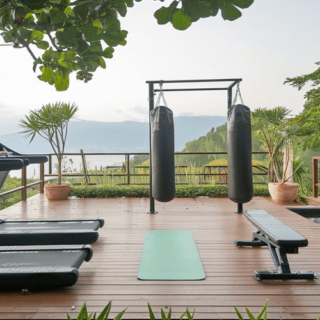




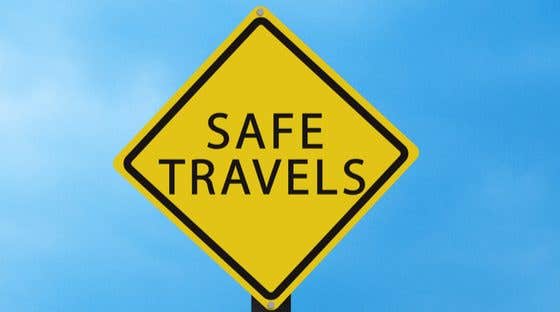



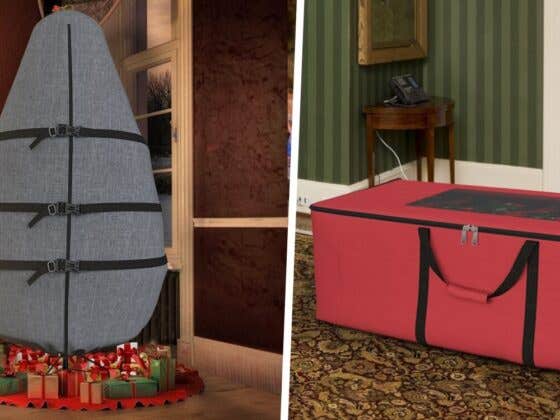


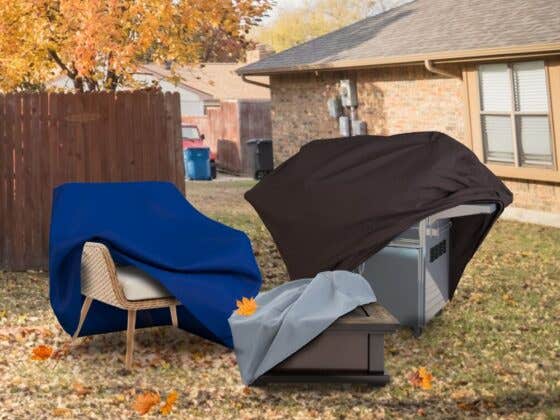

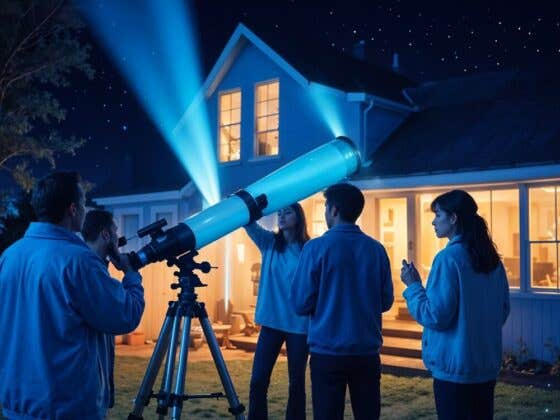
Recent Comments